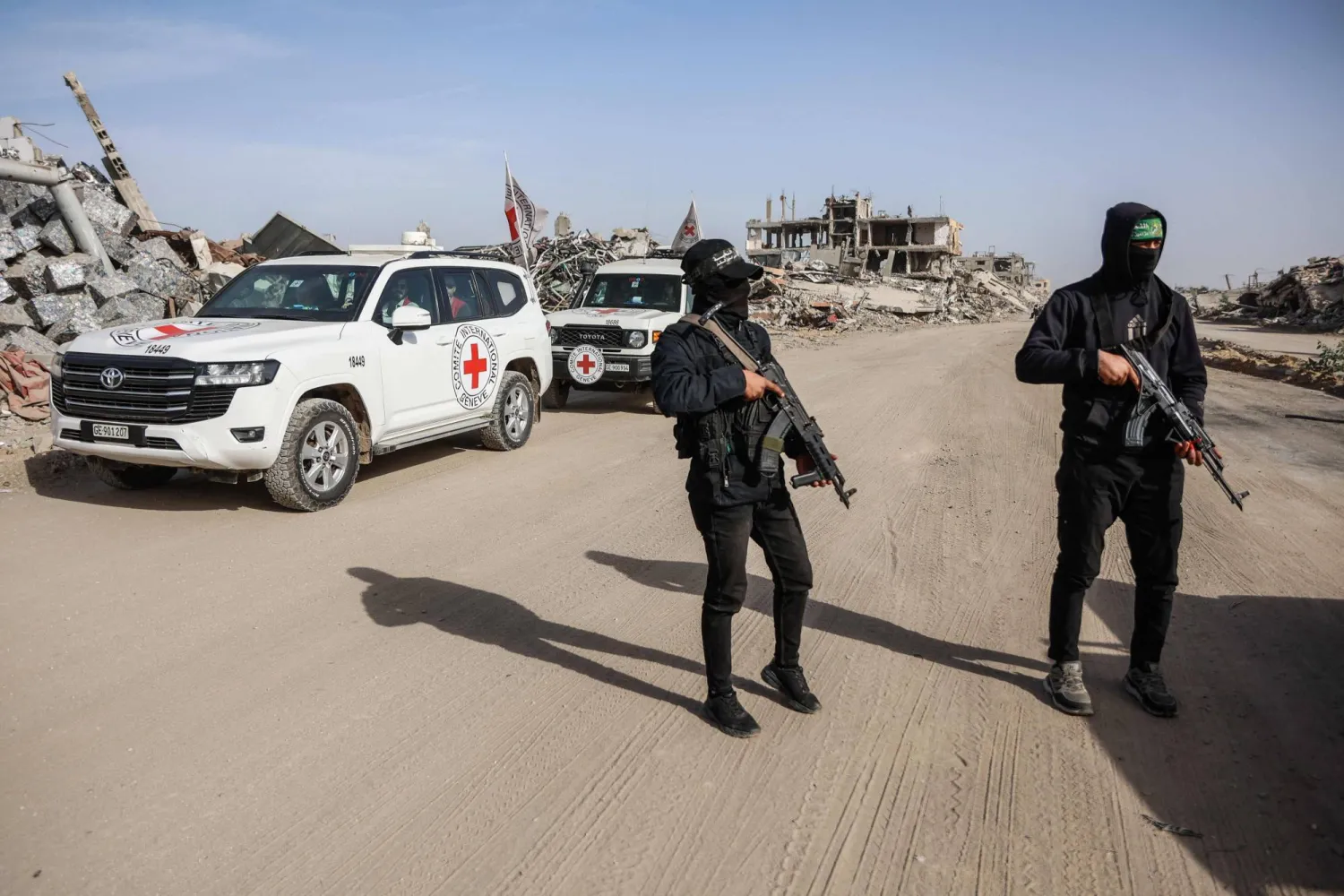The Autonomous Administration of North and East Syria, also known as Rojava, has acknowledged a wheat grain shortage that could affect next year’s production.
Wheat received from Rojava areas amounted to about 388,000 tons for flour, while the quantities of raw seeds amounted to about 75,000 tons, the head of the region’s Agriculture and Irrigation Authority, Muhammad Al-Dakhil, told Asharq Al-Awsat.
“These numbers are alarming,” warned Al-Dakhil, adding that they portend ramifications for food security in an area that was once considered “Syria’s food basket.”
This year’s wheat harvest hardly meets the needs of Rojava residents.
“We need 600,000 tons annually of wheat material prepared for flour, and thus there is a deficit of approximately 200 thousand tons of wheat,” revealed Al-Dakhil.
According to Al-Dakhil, the Authority will distribute seeds produced in this year’s season after sifting as farmers require around 75,000 tons of seeds for the next agricultural season.
Rojava areas, which include seven major cities and towns in four of Syria’s northeastern governorates, consume about 600,000 tons of wheat annually to produce subsidized bread, in addition to 200,000 tons for sowing.
For the second year in a row, Rojava regions and the rest of Syria have been ailed by a wave of severe drought.
Al-Dakhil pointed out that climatic changes and droughts have “resulted in the death of plants, and a decrease in the quantities of irrigable water stored in dams, which caused a loss of arable areas in the summer season.”
Last year, the Authority was forced to purchase more than 100,000 tons of wheat to produce flour for bread.
This prompted the Economy and Planning Authority and the Mills Directorate to mix yellow corn at a rate of 20% with wheat flour.
Today, Syria’s wheat production amounts to a third of what it used to be in 2019, which was estimated at 2.2 million tons. Syria’s wheat production before 2010 was estimated at 4.1 million tons annually.









